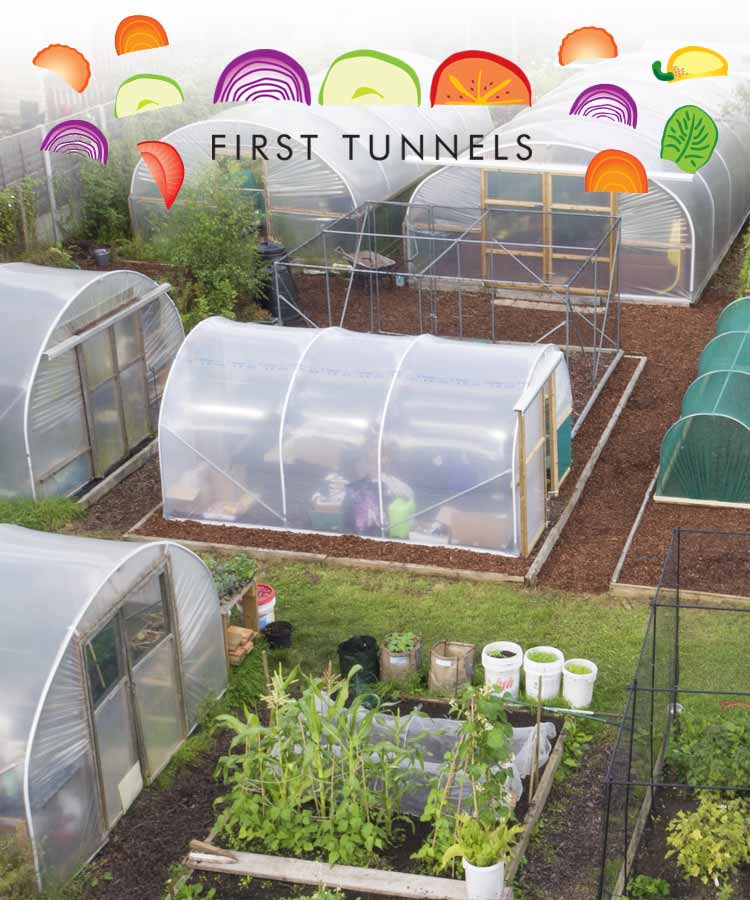Many polytunnel gardeners will sow seeds indoors to transplant them into their polytunnel at a later date. This can help to increase the length of the growing season and make it easier to achieve a worthwhile harvest of certain crops later in the year. But in addition to sowing seeds to transplant later, it is important to realise that you should also do some direct sowing. Direct sowing can be straightforward - but only if you get it right. Here are some tips for direct sowing seeds in a polytunnel:
One of the common mistakes in direct sowing is simply to take seed packets as gospel and sow too soon. Even in a polytunnel, the soil may not be as warm as you imagine. Though a polytunnel makes it possible to sow sooner than would be prudent outdoors, it is still important to pay close attention to the temperatures and conditions where you live, and to wait for the right time where you live before sowing. Determine what temperatures are required for certain seeds to germinate.
In order to speed things up a little, if the spring is a cold one, you can consider warming the soil in your polytunnel prior to direct sowing your seeds. You can warm the polytunnel beds with cloche hoops, row covers, black plastic sheeting, mulches and other similar solutions.
Before sowing your seeds, it is important to prepare your growing areas well. Make sure that you are taking care of the soil in your polytunnel by adding plenty of compost and organic matter. Rake the soil to a fine tilth to prepare an area for direct sowing.
It is also important to make sure that you have weeded well prior to sowing your seeds. Weeds may threaten to out-complete tender young seedlings, and if you have to weed while seedlings are still very small, you may accidentally weed out the plants you want along with those you do not.
No matter what types and varieties of seed you are direct sowing, it is important also to know what the requirements of each may be. Make sure you are informed about spacing and depth requirements, soil and water needs and other factors that will influence the health of your crop and the size of your eventual harvest.
